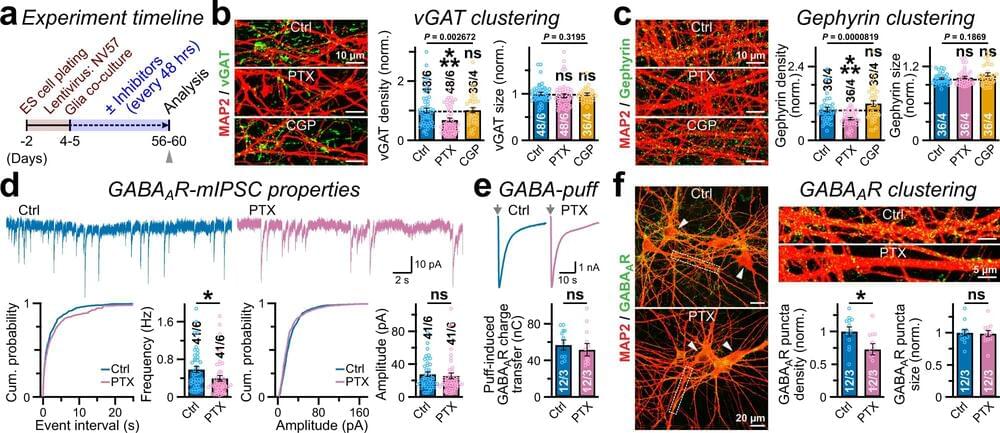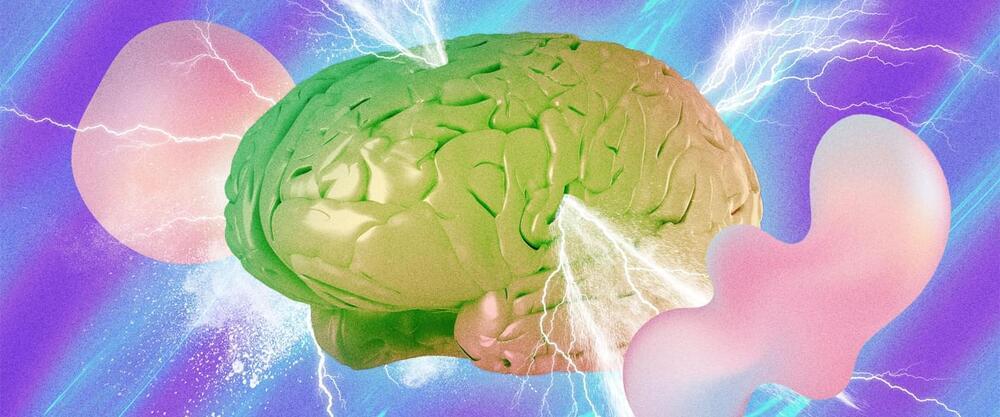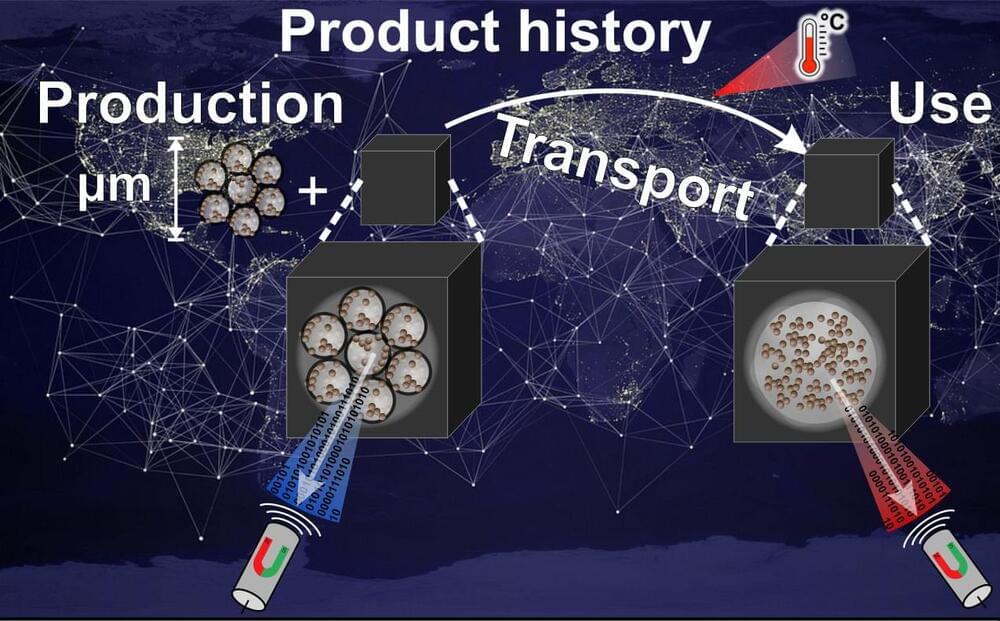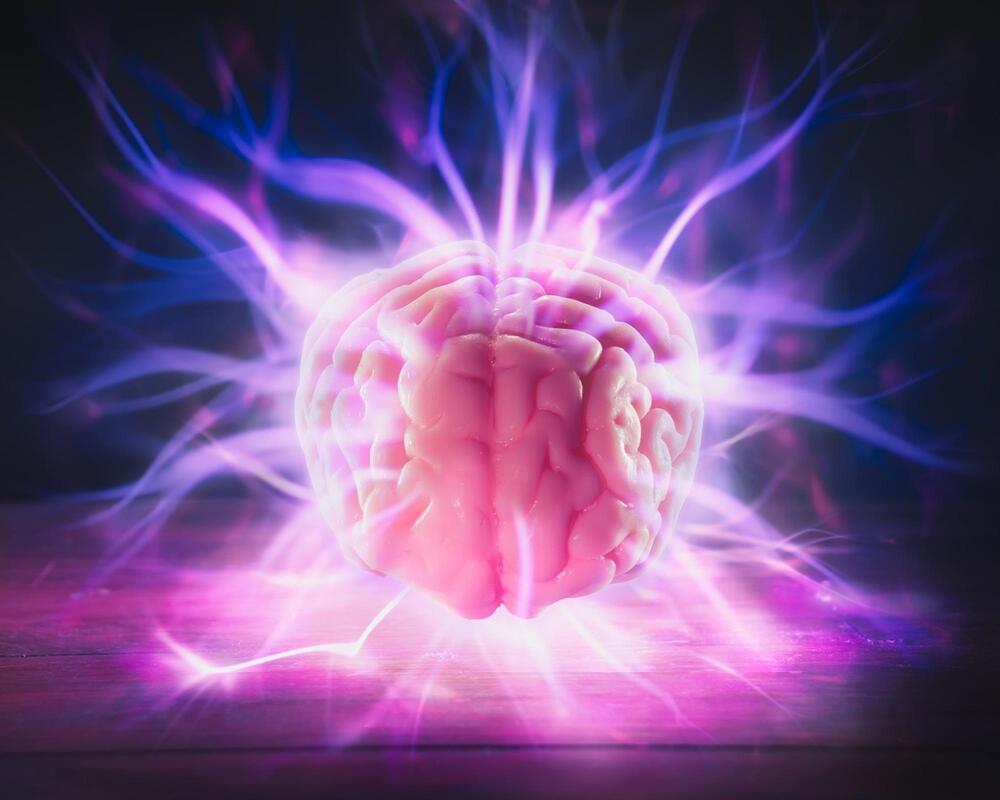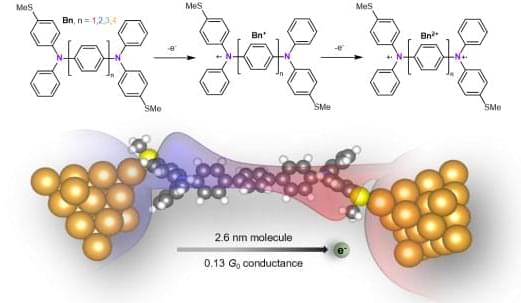Jul 10, 2022
Peter Tse — What Makes Brains Conscious?
Posted by Alan Jurisson in categories: chemistry, mathematics, neuroscience, physics
Everything we know, think and feel—everything!—comes from our brains. But consciousness, our private sense of inner awareness, remains a mystery. Brain activities—spiking of neuronal impulses, sloshing of neurochemicals—are not at all the same thing as sights, sounds, smells, emotions. How on earth can our inner experiences be explained in physical terms?
Free access to Closer to Truth’s library of 5,000 videos: http://bit.ly/376lkKN
Continue reading “Peter Tse — What Makes Brains Conscious?” »



